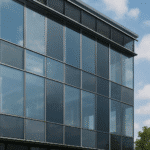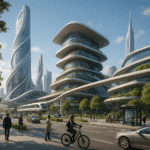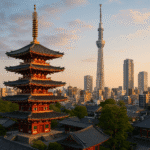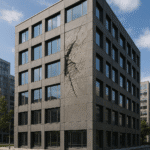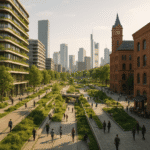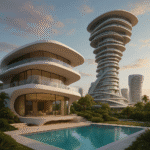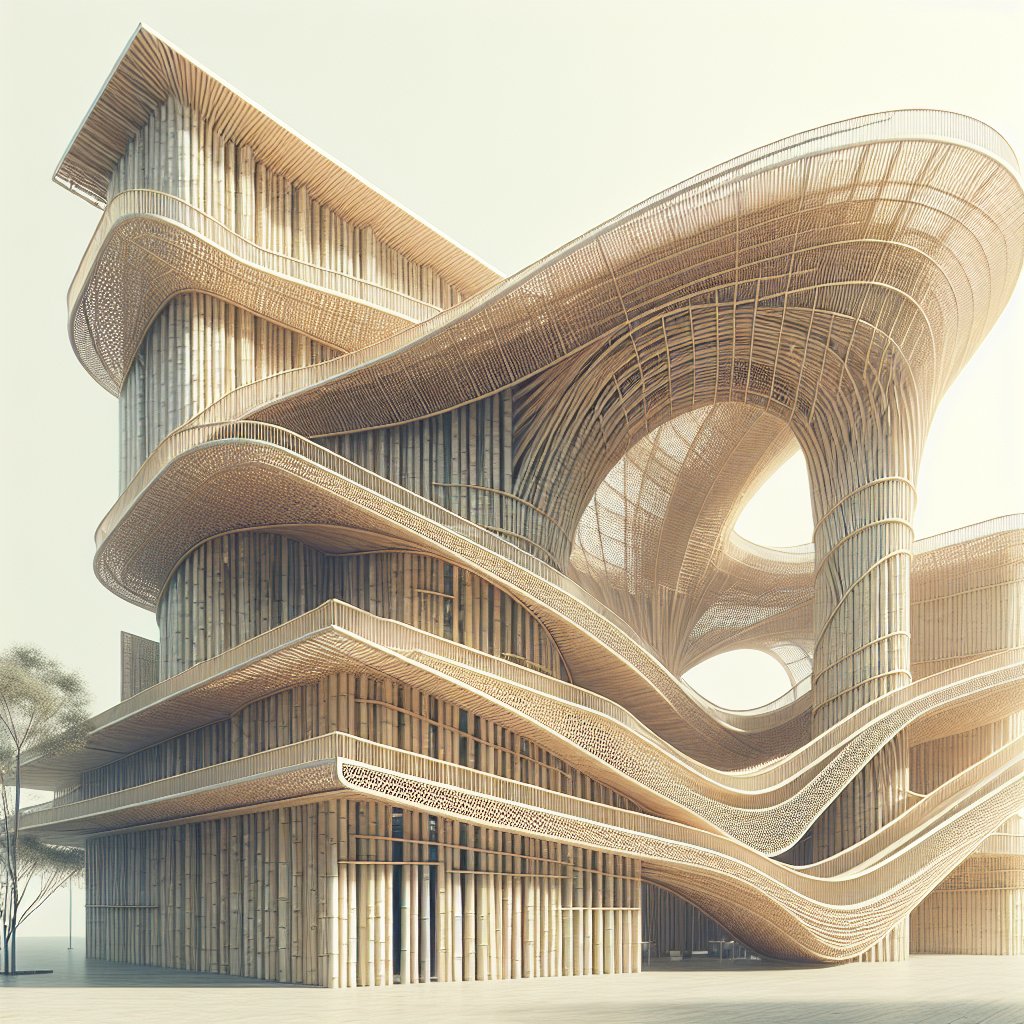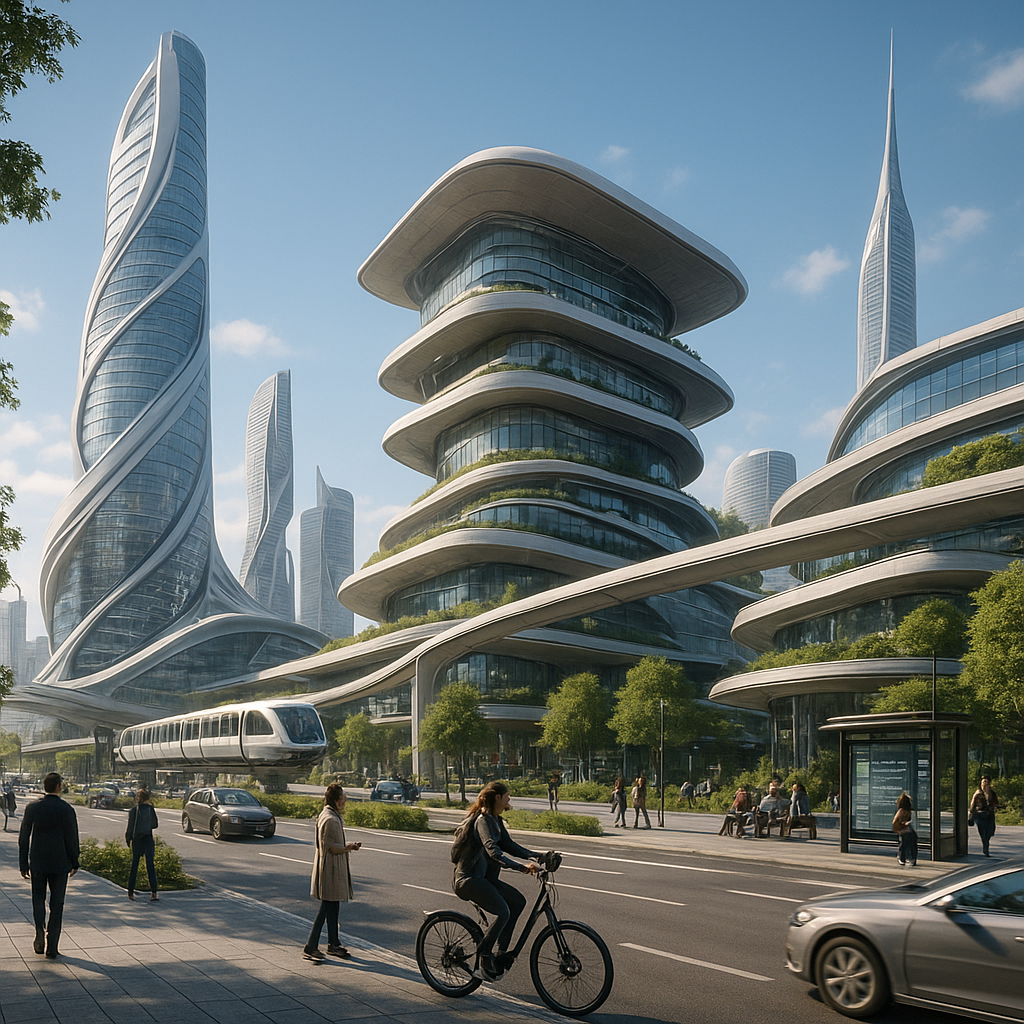Bamboo, a material long revered in traditional construction, is now at the forefront of futuristic architecture. As architects and designers seek sustainable and innovative solutions, bamboo emerges as a versatile and eco-friendly option. This article delves into the world of bamboo architecture, exploring its sustainable attributes, structural strength, and flexibility in design.
The Rise of Bamboo in Modern Architecture
The resurgence of bamboo in modern architecture is not merely a nod to its historical use but a strategic response to contemporary environmental challenges. As the world grapples with climate change and resource depletion, the architectural community is increasingly turning to sustainable materials. Bamboo, with its rapid growth rate and minimal environmental impact, stands out as a prime candidate.
Unlike traditional timber, bamboo can be harvested in a fraction of the time, often reaching maturity in just three to five years. This rapid renewability makes it an attractive option for sustainable building practices. Furthermore, bamboo’s ability to sequester carbon dioxide during its growth phase contributes to its environmental benefits, making it a carbon-neutral or even carbon-negative material.
Architects are leveraging bamboo’s unique properties to create structures that are not only environmentally friendly but also aesthetically pleasing. Its natural texture and color provide a warm, organic feel that contrasts with the cold, industrial materials often used in modern construction. This aesthetic appeal, combined with its sustainability, is driving a new wave of bamboo architecture that is both innovative and responsible.
Structural Strength and Flexibility
One of the most compelling reasons for bamboo’s popularity in futuristic architecture is its remarkable strength-to-weight ratio. Bamboo is often compared to steel in terms of tensile strength, yet it is significantly lighter. This makes it an ideal material for structures that require both strength and flexibility, such as earthquake-resistant buildings.
The flexibility of bamboo is another key advantage. Its natural ability to bend without breaking allows architects to design structures that can withstand dynamic forces, such as wind and seismic activity. This flexibility is not only practical but also opens up new possibilities for creative and unconventional designs.
In addition to its mechanical properties, bamboo’s hollow structure allows for easy integration of modern technologies. For instance, bamboo can be used to house electrical wiring or plumbing, reducing the need for additional materials and simplifying construction processes. This adaptability makes bamboo a versatile choice for a wide range of architectural applications, from residential homes to large-scale commercial projects.
Innovative Bamboo Designs
As architects continue to experiment with bamboo, a variety of innovative designs are emerging. One notable example is the use of bamboo in modular construction. Prefabricated bamboo modules can be easily transported and assembled on-site, reducing construction time and costs. This approach is particularly beneficial in remote or disaster-stricken areas where traditional building materials and methods may be impractical.
Another exciting development is the integration of bamboo with other sustainable materials, such as recycled plastics or natural fibers. These hybrid materials combine the best properties of each component, resulting in structures that are not only strong and durable but also environmentally friendly. This synergy between materials is paving the way for a new era of sustainable architecture that prioritizes both performance and ecological impact.
Furthermore, bamboo’s natural aesthetic is being harnessed to create biophilic designs that promote well-being and connectivity with nature. By incorporating bamboo into interior and exterior spaces, architects are creating environments that are not only functional but also enhance the quality of life for occupants. This focus on human-centric design is a key aspect of futuristic architecture, where the built environment is designed to support and enrich human experiences.
Challenges and Future Prospects
Despite its many advantages, the use of bamboo in architecture is not without challenges. One of the primary concerns is the standardization of bamboo as a building material. Unlike conventional materials such as steel or concrete, bamboo’s properties can vary significantly depending on species, age, and growing conditions. This variability can complicate the design and construction process, requiring careful selection and testing of materials.
Additionally, the perception of bamboo as a “poor man’s timber” can hinder its acceptance in certain markets. Overcoming these cultural and economic barriers is essential for the widespread adoption of bamboo in architecture. Education and advocacy are key to changing perceptions and highlighting the benefits of bamboo as a modern, sustainable building material.
Looking to the future, the prospects for bamboo architecture are promising. Advances in material science and engineering are continually expanding the possibilities for bamboo in construction. As research and development efforts continue, we can expect to see even more innovative applications of bamboo in the built environment.
In conclusion, bamboo architecture represents a harmonious blend of tradition and innovation. By embracing this sustainable material, architects are not only addressing pressing environmental challenges but also pushing the boundaries of design. As we move towards a more sustainable future, bamboo will undoubtedly play a pivotal role in shaping the architectural landscape.
